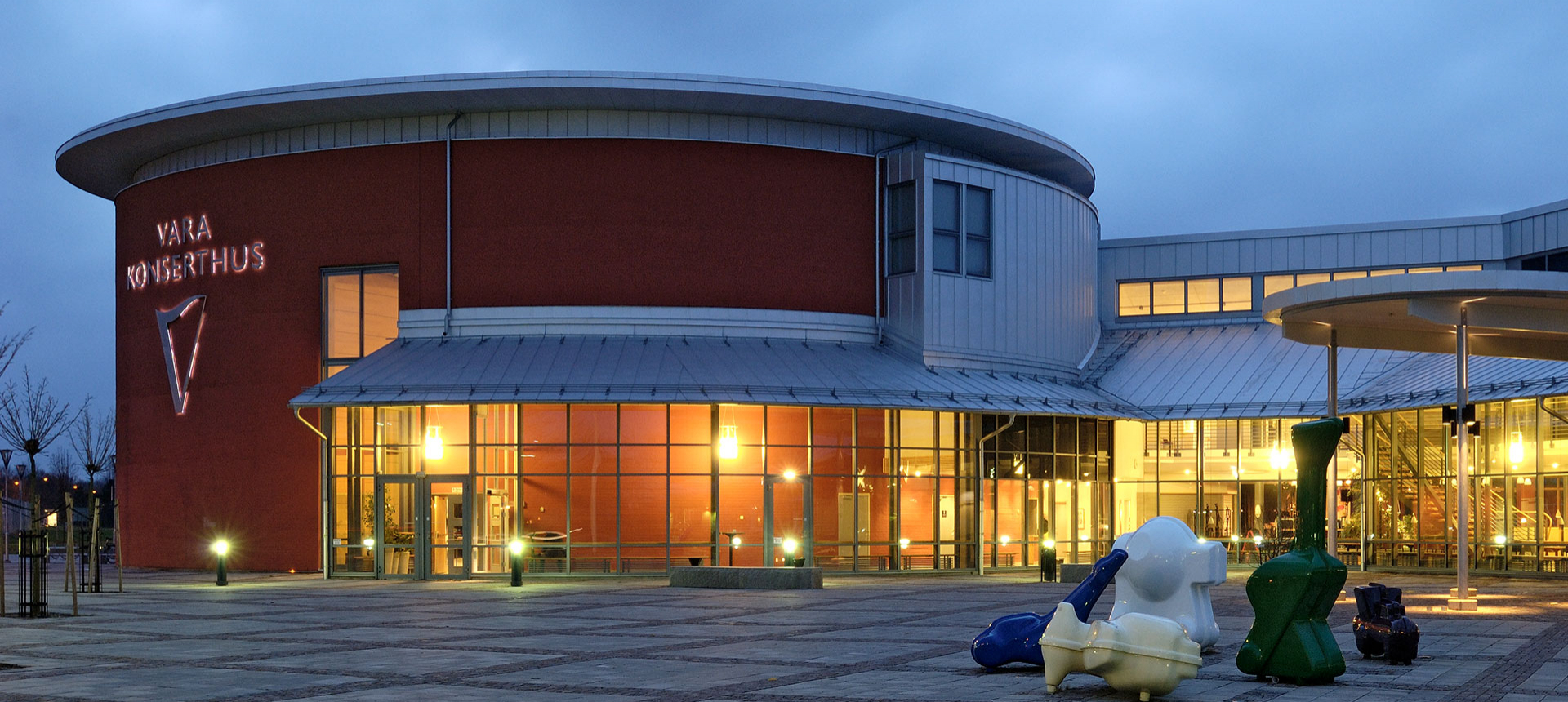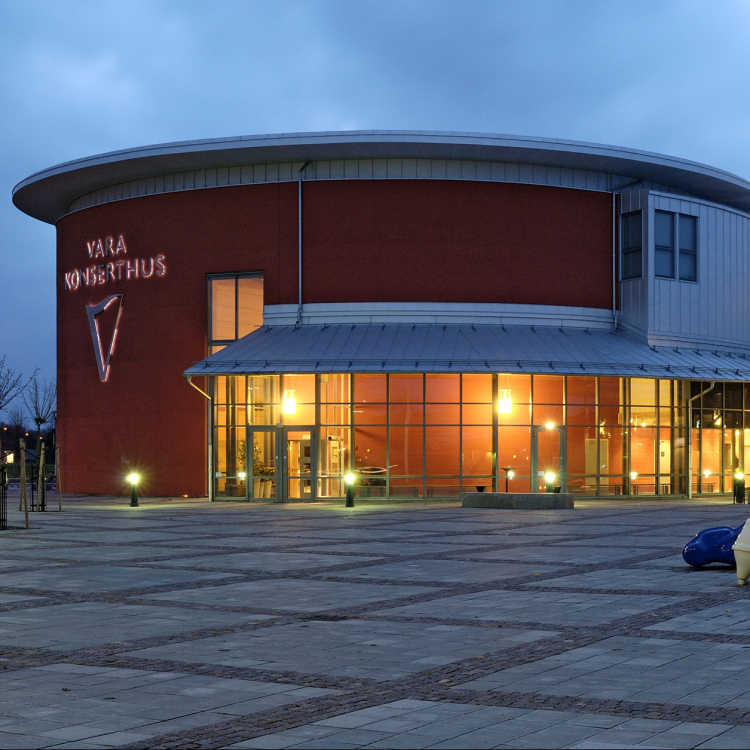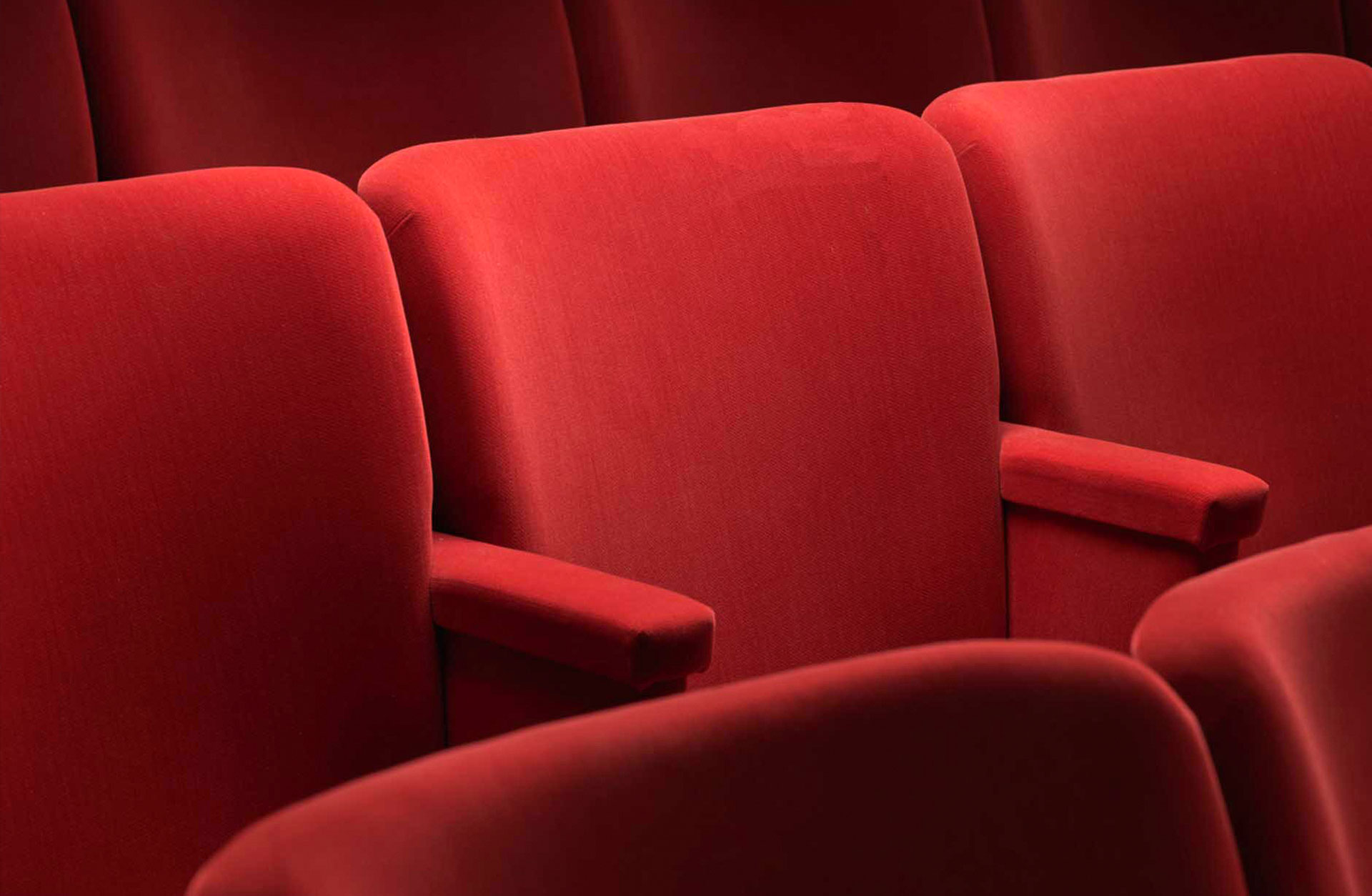Cart
Your cart is empty
Your cart is empty
List is empty
Press ESC to close the search field



Event has already taken place. Gothenburg Symphony Orchestra plays in Vara Konserthus together with conductor Andrew Manze.
Gothenburg Symphony Orchestra plays in Vara Konserthus together with conductor Andrew Manze.

Here you will find all the necessary information that you need to know about before your magical visit in the Concert Hall.
Invite yourself or someone you like to an experience for all the senses. Welcome to visit the Concert Hall's restaurant or one of our foyer bars.